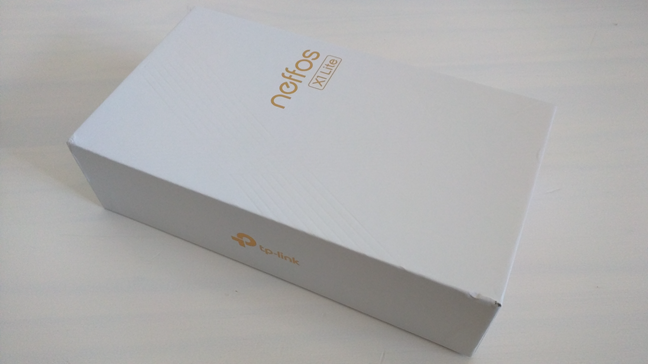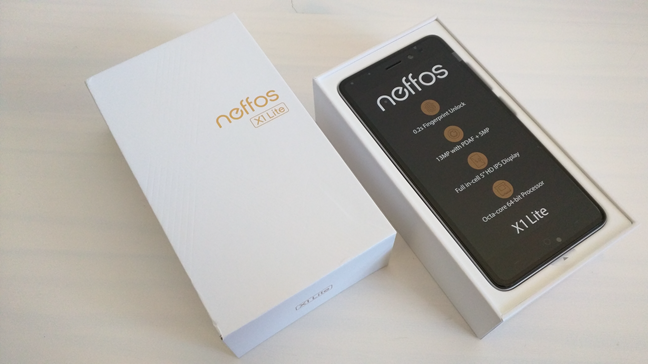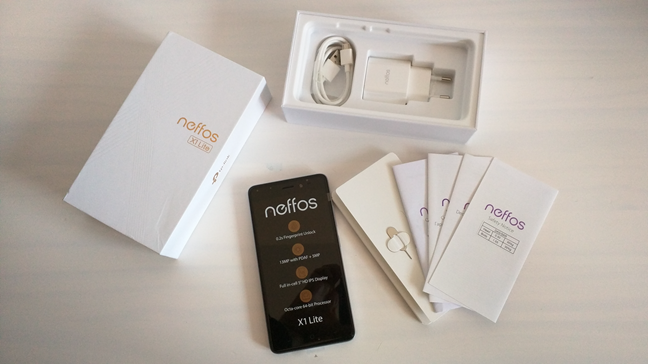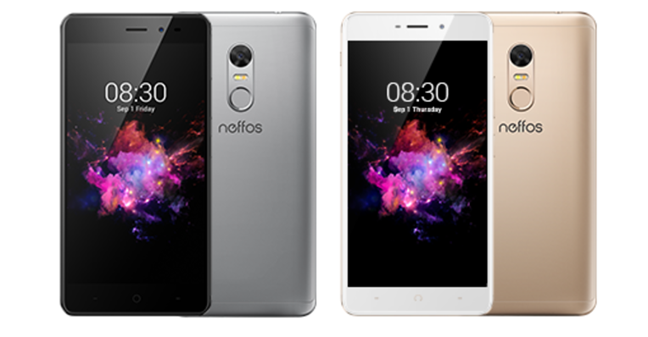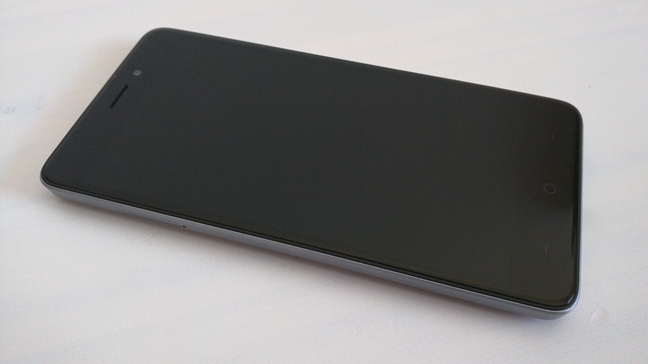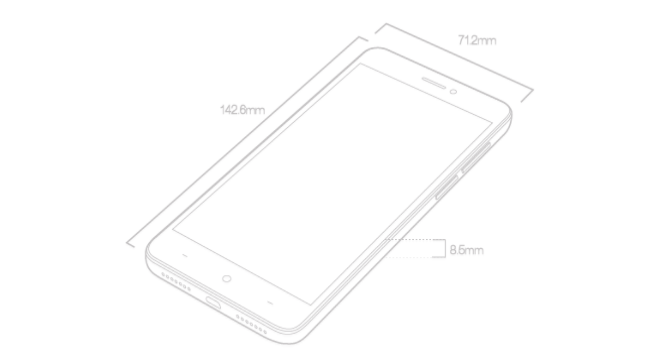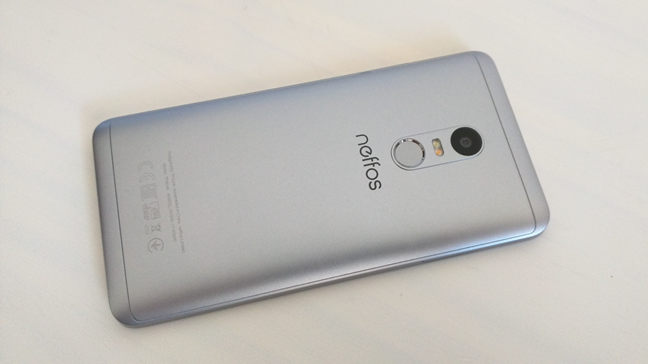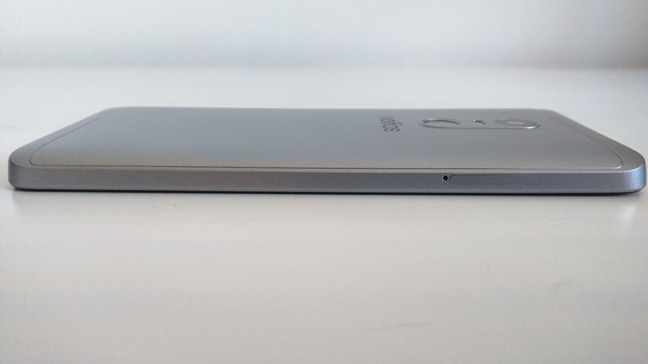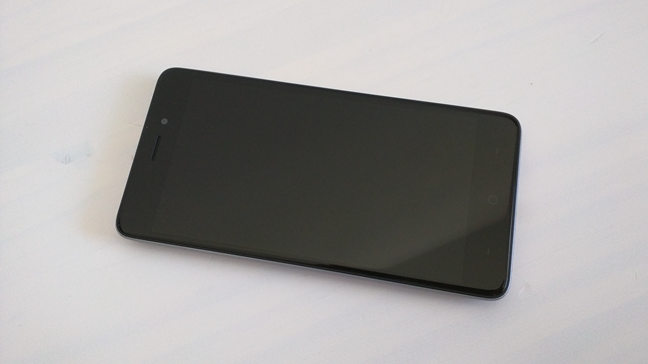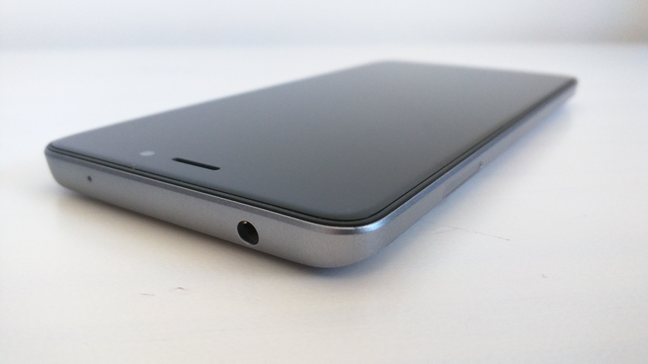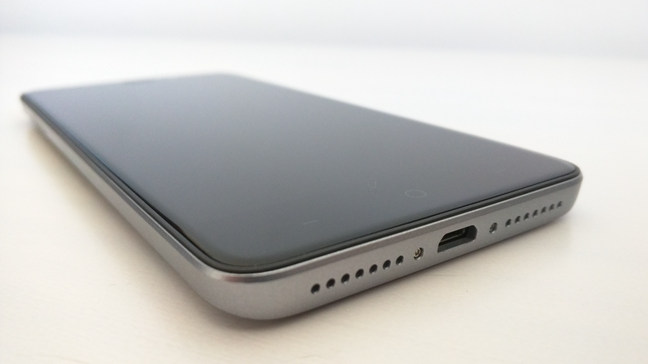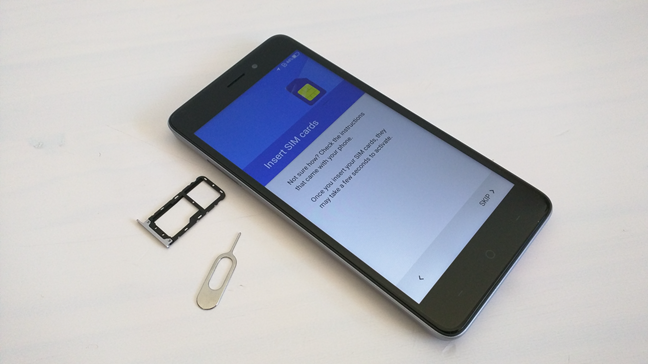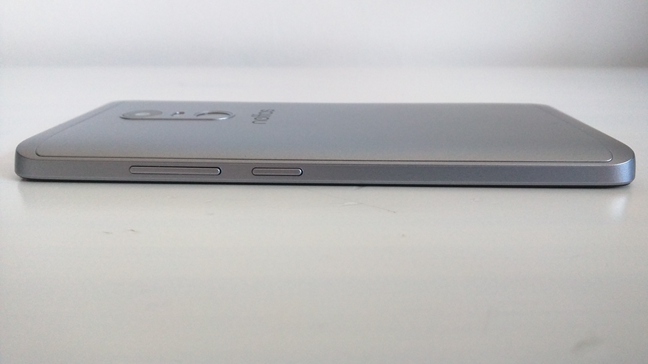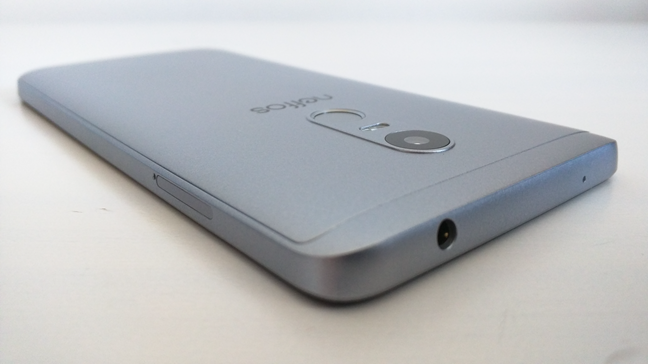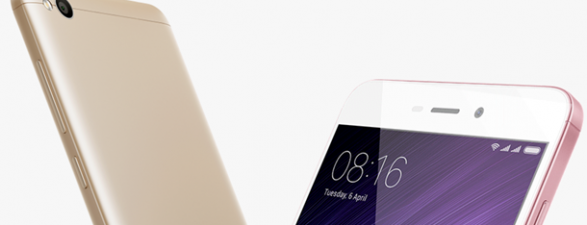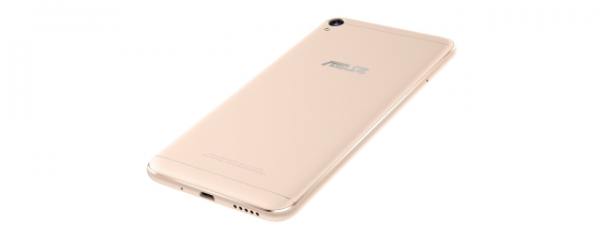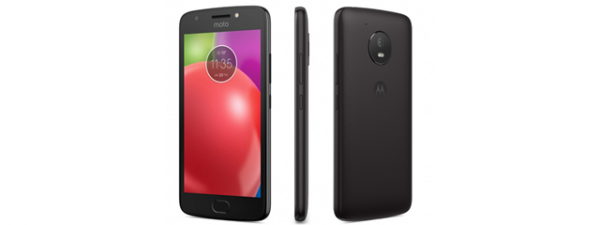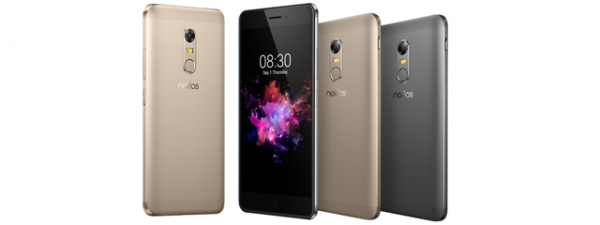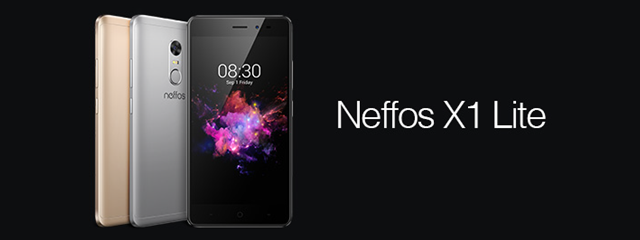
TP-Link is best known for its wireless routers and networking devices. Not many people know that the company has decided to produce smartphones too. In recent months, we have reviewed their Neffos X1 smartphone and, at the time, we were pleased with what it had to offer. Recently, the company sent us for testing their smaller Neffos X1 Lite smartphone with Android 7 Nougat. We were curious to see if this is a good smartphone and what it is the difference, other than the price, between this model and its bigger brother. If you are looking for an ultra-budget smartphone, read this review for the TP-Link Neffos X1 Lite:
What is the TP-Link Neffos X1 Lite smartphone good at?
The TP-Link Neffos X1 Lite smartphone is a suitable choice for:
- Essential smartphone needs like making phone calls, browsing the internet, or social media
- People who do not want to spend a lot of money on a smartphone
- Users who want a good-looking smartphone at a small price
Pros and cons
Here's what we liked about the TP-Link Neffos X1 Lite:
- Almost anyone can afford this smartphone
- It looks good for a smartphone that is so affordable
- It has a surprisingly good build quality, and a metallic body
- It has a fingerprint reader for comfort and security
- It is a Dual SIM smartphone, and it works with 4G LTE mobile networks
- It comes with Android 7 Nougat
- There are few useless apps bundled on it
There are some less positive aspects too:
- The hardware on this smartphone is underpowered, and that means it will likely get slower over time
- It is not a good choice for taking photos or filming videos
- Gaming is a poor experience on this smartphone
- The mobile reception could be better

Verdict
TP-Link Neffos X1 Lite is not a perfect smartphone and this is to be expected from most affordable devices. However, when looking at the whole package and what you get for a small amount of money, TP-Link Neffos X1 Lite is quite a bargain. You get a surprisingly good build quality, a good looking smartphone, a fingerprint reader, Android 7 Nougat and little bloatware. However, some compromises had to be made, to keep the cost small. As a result, the processor and the graphics chip are on the low-end of the performance spectrum (even though they perform better than on other smartphones with a similar price), and the camera is average at best. However, the biggest downside is the mobile signal reception, which should have been better. This issue is the only reason why we didn't give this smartphone our maximum rating.
Hardware specifications and packaging
The TP-Link Neffos X1 Lite arrives in a beautiful white box made from glossy cardboard. On the top of the box, there is a large X made from engraved thin lines and the Neffos X1 Lite name printed in gold ink.
On the bottom, you can see the main hardware specifications and other technical information. Open the package, and you will meet your new TP-Link Neffos X1 Lite smartphone sitting on top of a paper tray.
In the box, under the smartphone, you will also find the bundled accessories and documents: the power charger and its detachable USB to micro USB 2.0 cable, a small pin used for ejecting the SIM cards support, the quick start guide, warranty notice, declaration of conformity and the safety notice.
TP-Link Neffos X1 Lite smartphone is manufactured in two color variations: Cloud Grey and Sunrise Gold. The model that we tested is the gray one.
This smartphone has a 5-inch screen with a 720p HD display resolution of 1280 by 720 pixels and a pixel density of 293.7 ppi. The display uses IPS (In-Plane Switching) technology so the viewing angles are wide and the colors should be close to natural, although not as vivid as what you see on AMOLED displays. The screen is protected by 2.5D scratch-resistant curved glass.
On the inside, the TP-Link Neffos X1 Lite is powered by an eight-core Cortex-A53 processor running at 1.5 GHz, on a MediaTek MT6750 chipset. The video part is handled by a Mali-T860MP2 graphic chip running at 520 MHZ. As for memory, the smartphone has 2GB of RAM and 16GB of internal flash storage space. Also, you can expand the storage space by adding a microSD card with a maximum size of 128 GB.
This is a Dual SIM smartphone, meaning that you can use two different SIM cards (both have to be nano-SIMs) at the same time. However, although both SIM cards can connect to 3G WCDMA or 4G LTE, only one of them can be connected to 3G/4G at a time. The smartphone works in a Dual SIM Dual Standby implementation, which means that even if both SIM cards are active when you are not using them, once you take a call on one of them, the other becomes inactive. Furthermore, if you add a microSD card to the smartphone to increase its storage space, it occupies the secondary SIM card slot, which means that you will not be able to use two SIM cards on your smartphone.
The rear camera found on the TP-Link Neffos X1 Lite smartphone has 13 megapixels, a f/2.0 aperture, phase detection autofocus, and a dual LED flash for low light conditions. On the front, you get a selfie camera of 5 megapixels with 84° wide-angle lens.
TP-Link Neffos X1 Lite benefits from the information it gathers from a series of sensors: compass, gyroscope sensor, accelerometer, ambient light sensor, proximity sensor, and fingerprint reader. It looks like more low-budget smartphones are getting fingerprint readers these days and that is great.
To connect to the internet and other devices, the TP-Link Neffos X1 Lite has a Wi-Fi chip that is compatible with the Wi-Fi 802.11a/b/g/n standards and can connect to both 2.4 GHz and 5GHz wireless networks. Additionally, the smartphone also has a built-in Bluetooth 4.1 chip.
The TP-Link Neffos X1 Lite smartphone gets its autonomy from a built-in non-removable battery with a capacity of 2550 mAh.
Regarding size, you should know that the TP-Link Neffos X1 Lite is rather small and thin. Its dimensions are 5.61 inches (142.6 mm) in length, 2.80 inches (71.2 mm) in width, and 0.33 inches (8.5 mm) in thickness. It weighs 4.86 ounces or 138 grams.
For more details about the hardware specifications and features of the TP-Link Neffos X1 Lite, visit this web page: TP-Link Neffos X1 Lite Specifications.
Design and build quality
The TP-Link Neffos X1 Lite smartphone is a device for low budgets. However, that does not show in its design and build quality. In our opinion, this smartphone looks good, and you could easily mistake it for a mid-range device. The smartphone is made from metal and has a unibody design with symmetrical elements, which means that it is easy to use with either hand, regardless which you prefer.
The back of the device has a metallic cover that curves towards the edges, giving you the impression that the smartphone is thinner than it is. The silky finish on the back and the curved design makes the smartphone fit perfectly in your palm.
On the front of the smartphone, thanks to the 2.5D glass used by TP-Link, you get the same user-friendly design with curved edges that makes the smartphone feel natural to hold in your hand.
On the front of the TP-Link Neffos X1 Lite, towards the top, there is the ear speaker, the front camera and, to the left side, a small LED that lights up and changes colors depending on the notifications that you get. At the top, on the smartphone's edge, you can also find the 3.5 mm audio jack used for headphones.
The bottom front area holds the default Android buttons: Back, Home and Recent apps. We like that TP-Link Neffos X1 Lite lets you configure the order you prefer having them, using the settings available in the operating system. Also, on the bottom edge, you can find the micro USB 2.0 port and, to its both sides, the grilles for the loudspeaker and microphone.
On the left edge of the smartphone, there is only one thing to be found: the SIM cards support. To take it out, you must use the pin ejector tool from the smartphone's package, or any paper clip that you have on your desk.
On its right edge, TP-Link Neffos X1 Lite has its power button and volume rocker, found in the same position as on most Android smartphones, slightly towards the top. You should have no issues in finding them easily.
The back of the smartphone is home for the camera module with its dual LED flash towards the top. Also in the same area, placed symmetrically, there is the round fingerprint reader which is slightly sunk inside the case. That makes it easy to identify and differentiate from the camera when you are not looking at the back of the smartphone. Beneath these elements, you can also see the neffos brand name printed in dark gray.
The TP-Link Neffos X1 Lite is an Android smartphone that is targeted at people with low spending budgets. However, the company has made no compromises when it comes to good design and the built quality of this device. They are surprisingly good for such an affordable device.
If you would like to read more about the smartphone experience offered by TP-Link Neffos X1 Lite, its camera, bundled apps, and performance in benchmarks, read the second page of this review.


 29.09.2017
29.09.2017 